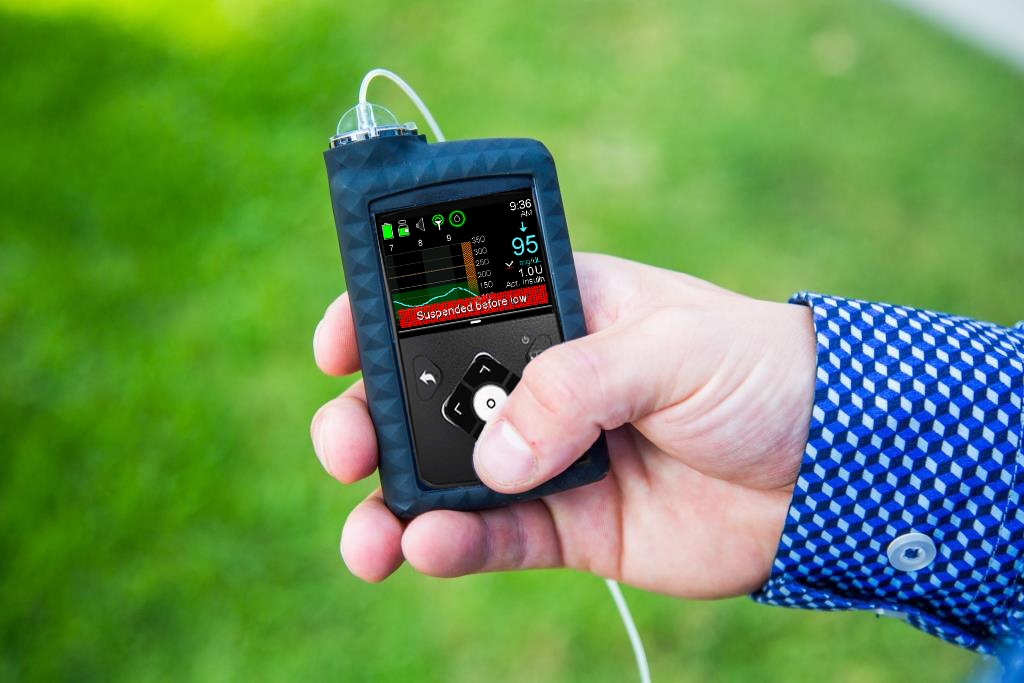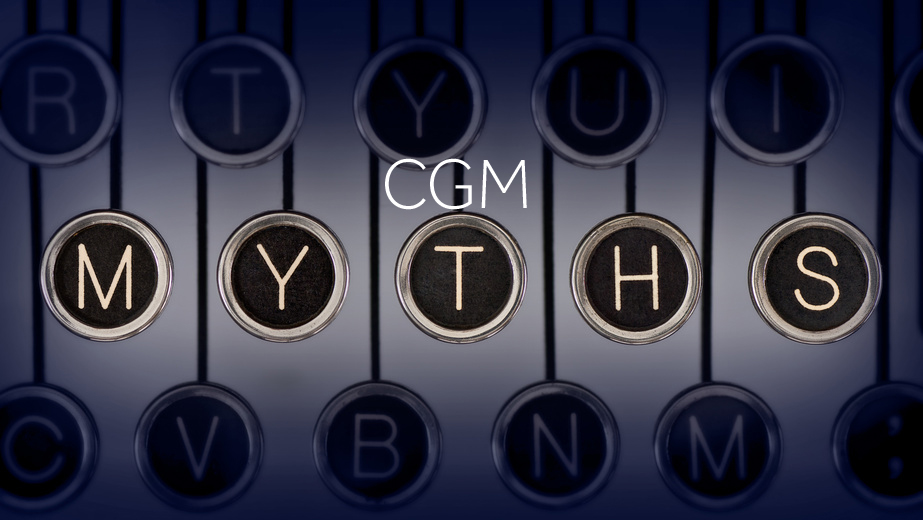Tips for customizing your CGM alert settings

Using a continuous glucose monitor (CGM) offers many benefits that can help with your diabetes management. A CGM allows you to see a new sensor glucose reading every 5 minutes which can show you the effects that diet, exercise, and medication can have on your glucose levels.
When using the Guardian Sensor 3, there are many ways to personalize alerts to help get the most benefit out of your individualized therapy. Here are some of the features that can be personalized based on what you and your healthcare team determine best meets your needs:
High and Low Glucose Limits
Whether you use the Guardian Sensor 3 with an integrated insulin pump or on its own, it is customizable and allows you to set both high and low limits for different times throughout the day or night. You may want to set tighter limit alerts during the day to help you stay on top of high blood sugars and looser limits overnight.
High Limit Example on a MiniMedTM 670G system:
- 12am—6am high limit 250 mg/dL
- 6am—9pm high limit 200 mg/dL
- 9pm—12am high limit 250 mg/dL
![]()
Tip: Talk to your healthcare team about high and low glucose limits overnight to make sure alerts are customized to meet your needs. For example, you may decide to keep low glucose limits a little higher if you experience low glucose levels (hypoglycemia) overnight.
Low Limit Example on a MiniMedTM 670G system:
- 12am—6am low limit 80 mg/dL
- 6am—9pm low limit 70 mg/dL
- 9pm—12am low limit 80 mg/dL
Predictive Alerts
Predictive alerts are used if you want to be notified before you reach your high or low limit. A predictive alert can notify you up to 30 minutes (on a MiniMedTM insulin pump system) or 60 minutes (on a Guardian Connect CGM) before reaching your set high or low limit. If you have hypoglycemia unawareness, this may be an alert to consider as you will be notified before you reach your low limit (instead of being alerted once you are already low.)
![]()
Tip: If you are receiving more alerts than you prefer, predictive alerts can be turned off. If you opt out of these, you will only be notified once you reach your set high or low limit, versus being alerted both before and once the limit is reached. These are customizable based on your preference, so therapy is beneficial and not overwhelming.
Rise Alerts
Rise alerts can help you to gain insight with your diabetes management by catching significant changes in your glucose levels. These can be programmed to notify you when glucose is rapidly rising, which can help you understand how much glucose levels are affected by things like meals.
![]()
Tip: You may find Rise Alerts helpful if you forget to give insulin before a meal because you can program your device to alert you when glucose starts rapidly increasing from the food you are eating.
Snooze Feature

The Snooze feature allows you to set the amount of time you want to wait before you receive a second reminder that an alert condition still exits. For example, if you are on an insulin pump and your high limit is set to 250 mg/dL and your snooze is set to 60 minutes, once you reach 250mg/dL you will receive an “Alert on high,” and if you are still 250 mg/dL or above in 60 minutes you will get a second alert at that time. High Snooze can be programmed from 5 minutes to 3 hours in 5-minute increments, and Low Snooze can be programmed from 5 minutes to 1 hour in 5-minute increments. These are helpful to personalize so you are not receiving repeated alerts in a short time frame that may not be helpful to you.
![]()
Tip: Some people like to have more frequent low alerts and less frequent high alerts programmed, since insulin can take some time to decrease glucose below your preset high limit.
Consider what is important to you and what you want to be notified for when personalizing CGM settings. If you’re just starting to use CGM, it is recommended to turn on and program alerts that are most important to you in managing your diabetes. As you become more familiar and comfortable with the system, you may find that you’re receiving alerts too often or that aren’t helpful. This is a good time to review and discuss further with your healthcare team. The best part is that since alerts are customizable, you can take some time to find what works for you. For more details on any of these alerts, visit www.medtronicdiabetes.com/support or refer to your product user guide.
Important Safety Information
MINIMED 670G™ SYSTEM
The Medtronic MiniMed™ 670G system is intended for continuous delivery of basal insulin (at user selectable rates) and administration of insulin boluses (in user selectable amounts) for the management of type 1 diabetes mellitus in persons, seven years of age and older, requiring insulin as well as for the continuous monitoring and trending of glucose levels in the fluid under the skin. The MiniMed™ 670G system includes SmartGuard™ technology, which can be programmed to automatically adjust delivery of basal insulin based on Continuous Glucose Monitor sensor glucose values and can suspend delivery of insulin when the sensor glucose value falls below or is predicted to fall below predefined threshold values. The system requires a prescription. The Guardian™ Sensor (3) glucose values are not intended to be used directly for making therapy adjustments, but rather to provide an indication of when a fingerstick may be required. A confirmatory finger stick test via the CONTOUR®NEXT LINK 2.4 blood glucose meter is required prior to making adjustments to diabetes therapy. All therapy adjustments should be based on measurements obtained using the CONTOUR®NEXT LINK 2.4 blood glucose meter and not on values provided by the Guardian™ Sensor (3). Always check the pump display to ensure the glucose result shown agrees with the glucose results shown on the CONTOUR®NEXT LINK 2.4 blood glucose meter. Do not calibrate your CGM device or calculate a bolus using a blood glucose meter result taken from an Alternative Site (palm) or from a control solution test. It is not recommended to calibrate your CGM device when sensor or blood glucose values are changing rapidly, e.g., following a meal or physical exercise. If a control solution test is out of range, please note that the result may be transmitted to your pump when in the “Always” send mode.
WARNING: Medtronic performed an evaluation of the MiniMed™ 670G system and determined that it may not be safe for use in children under the age of 7 because of the way that the system is designed and the daily insulin requirements. Therefore this device should not be used in anyone under the age of 7 years old. This device should also not be used in patients who require less than a total daily insulin dose of 8 units per day because the device requires a minimum of 8 units per day to operate safely. |



